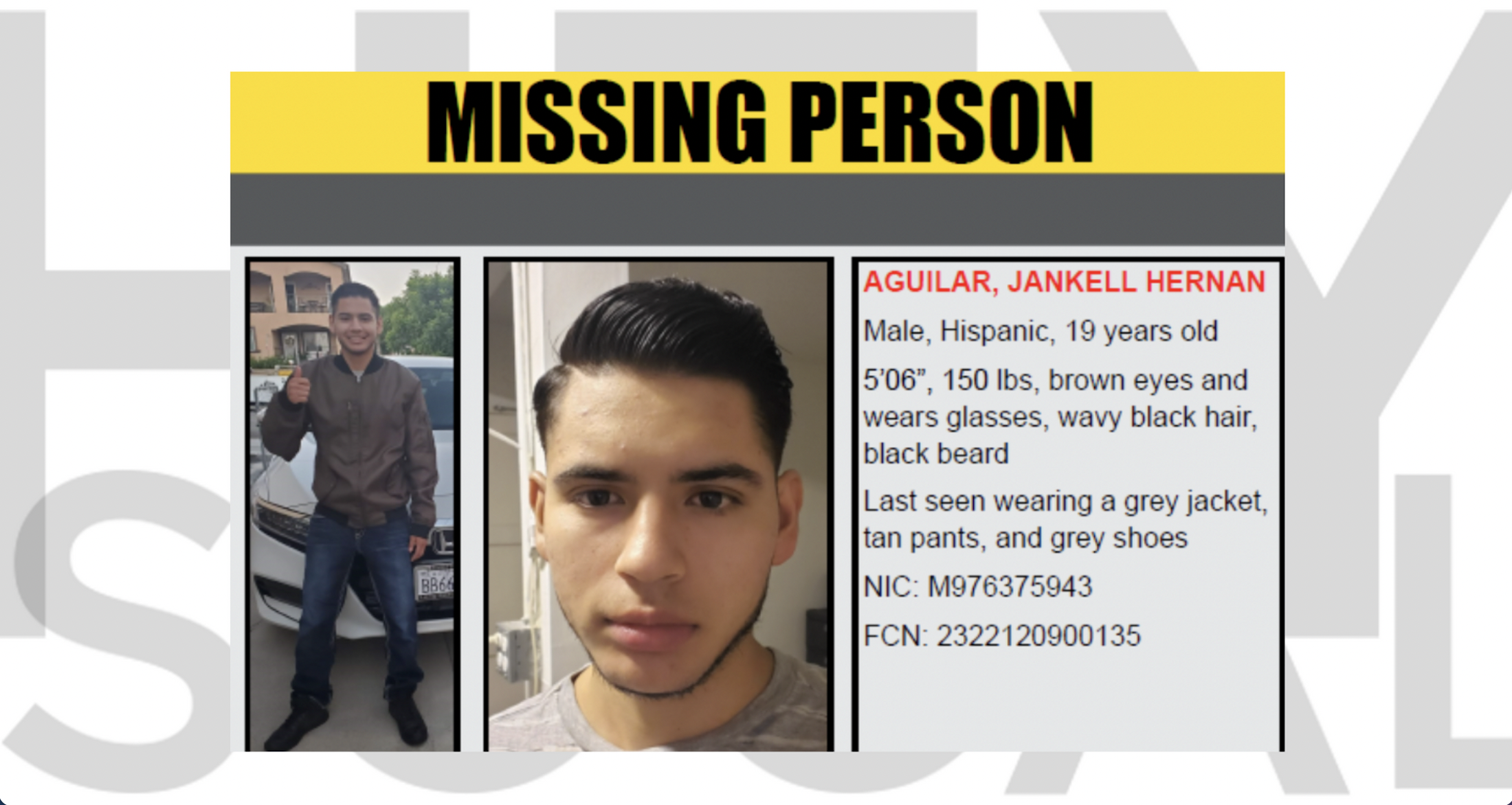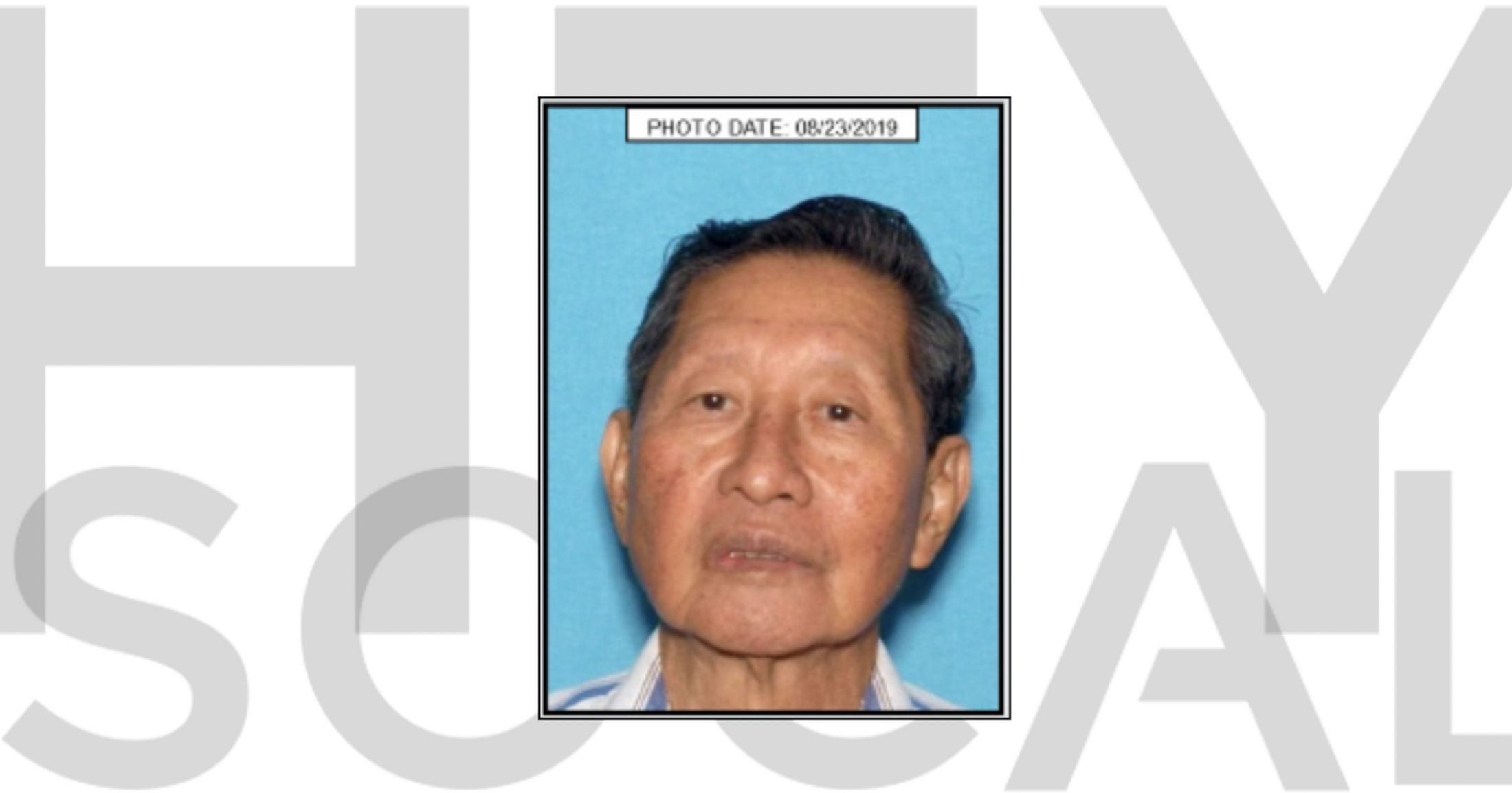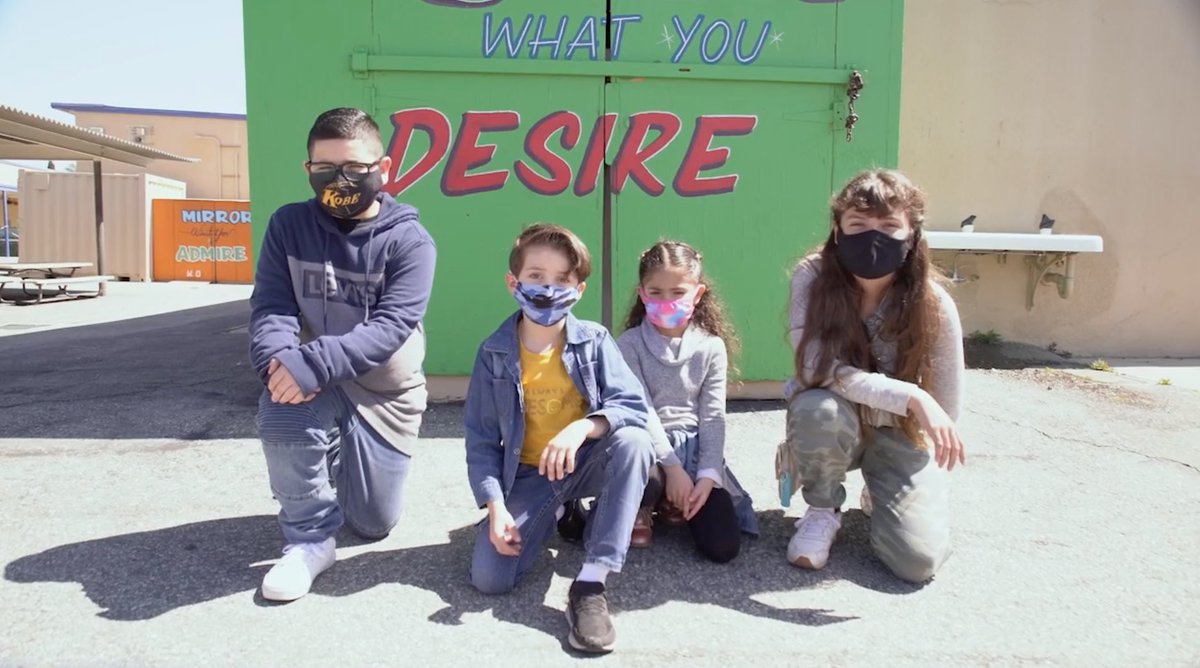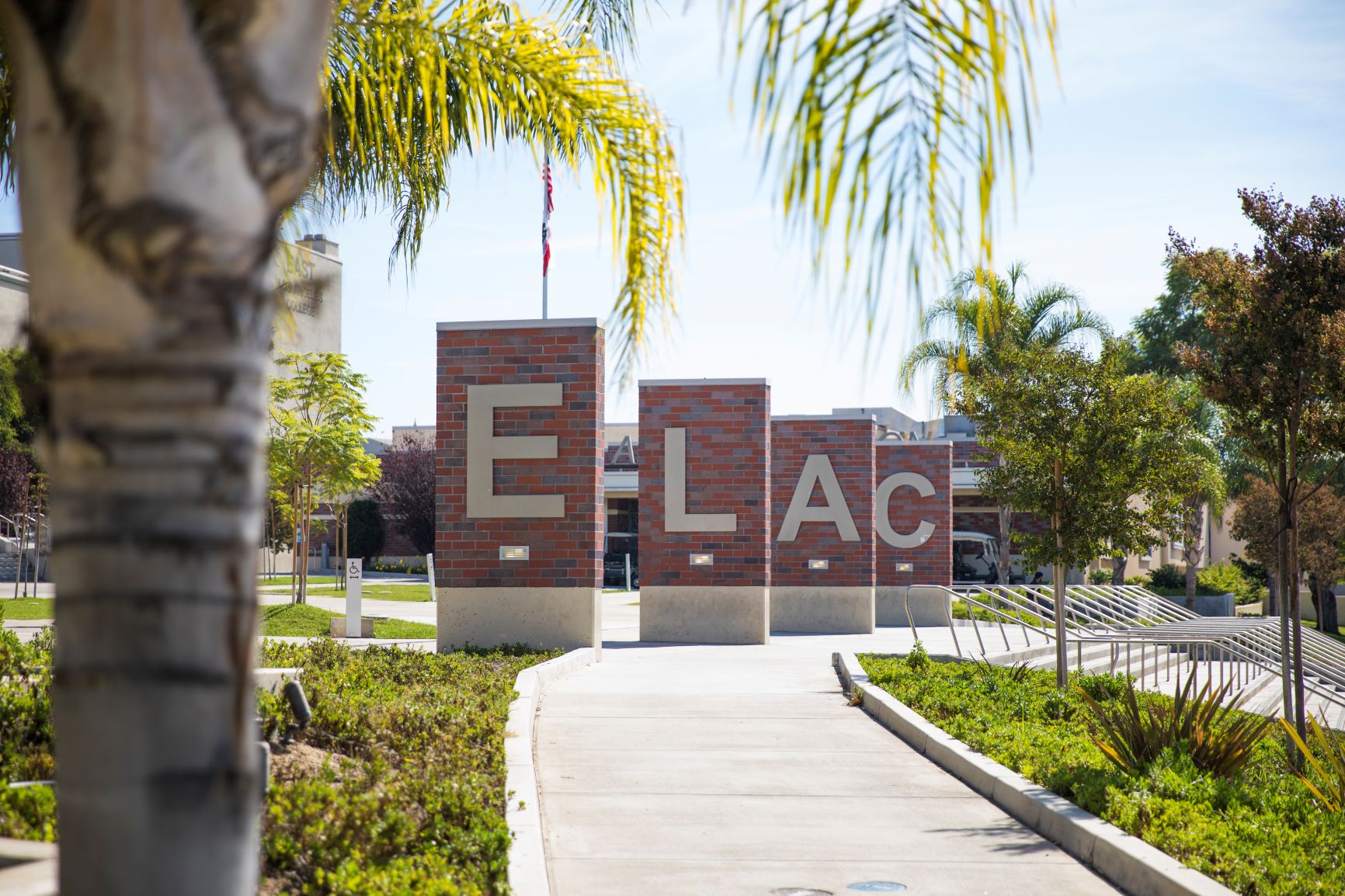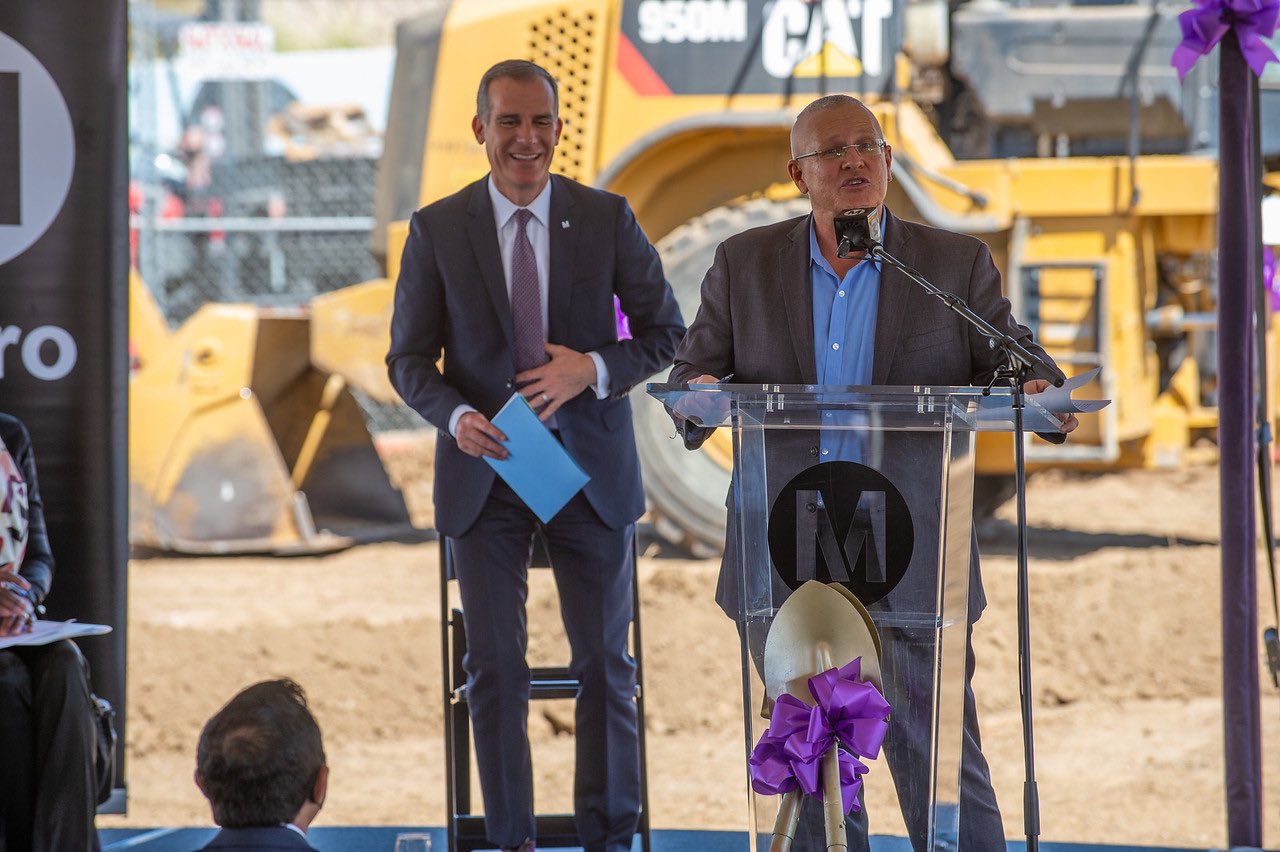Mayor Eric Garcetti signed a sweeping ordinance Thursday to restrict sleeping and homeless encampments in certain areas of the city, including within 500 feet of schools, day care facilities, parks and libraries.
The ordinance will go into effect in 30 days. The mayor signed it a day after the City Council voted 13-2 to approve the new law, which modifies the city’s current anti-camping law in Municipal Code 41.18, to prohibit sitting, sleeping, lying, storing personal property or otherwise obstructing the public right of way in several areas of the city, including within two feet of any fire hydrant or fire plug; within five feet of any operational or utilizable entrance or exit; within 10 feet of a loading dock or driveway; in a manner that interferes with any activity for which the city has issued a permit or restricts accessible passage as required by the Americans with Disabilities Act; or anywhere within a street, including bike paths.
It will also protect the public right of way within 500 feet of a “sensitive” facility (including schools, day care facilities, parks and libraries) once the council passes a resolution to designate a specific area for enforcement, posts signage and gives notice of the date that the ordinance will be enforced for the area.
Areas include:
- up to 500 feet of a designated overpass, underpass, freeway ramp, tunnel, bridge, pedestrian bridge, subway, wash or spreading ground, railroad track or where lodging unsheltered or in tents is unhealthy, unsafe and incompatible with safe passage; and
- up to 1,000 feet of a facility opened after Jan. 1, 2018 that provides shelter, safe sleeping, safe parking or navigation centers for persons experiencing homelessness.
The ordinance will also allow the city to prevent encampments for a period of no longer than one year in areas that are deemed an ongoing threat to public health or safety, including due to:
- death or serious bodily injury of any person at the location due to a hazardous condition;
- repeated serious or violent crimes or threats of serious or violent crimes, including human trafficking; and
- fires at the location.
People who violate the ordinance will face an infraction or citation, but “a person who willfully resists, delays or obstructs a city employee from enforcing this section or who willfully refuses to comply after being requested to do so by an authorized city employee” can face higher fines and a misdemeanor charge, according to the ordinance.
Councilman Mike Bonin and Councilwoman Nithya Raman voted against the ordinance.
Before the vote, Bonin cited the Los Angeles Homeless Services Authority’s statistic that the city only has shelter beds for 39% of the unhoused population.
“What about the other 61%?” Bonin asked.
In explaining his decision to vote against the ordinance on July 1, he shared with council members his own experience being unhoused, saying, “Some of those nights I slept in the car, some of those nights, when my car was in the shop, I slept on the beach. I cannot tell you how much turmoil is in your heart when the sun is setting and you don’t know where to sleep. I cannot tell you how demoralizing and dehumanizing and defeating that experience is when you don’t know where you’re going to sleep.”
He said the ordinance tells people where they cannot sleep, but it doesn’t tell them where they can sleep.
“That’s what it comes down to for me … where can people go, where can people sleep when they do not have an alternative,” Bonin said.
On June 29, when passing a motion to request the city attorney draft the ordinance, the council also instructed the city administrative officer to develop and implement a Street Engagement Strategy within 30 days to offer people suitable and available overnight shelter, interim or permanent housing.
The CAO’s Yolanda Chavez told council members Wednesday that the office recommends a “concentrated engagement process” be implemented before enforcing the ordinance for encampments in areas that require a resolution and posted signage. The CAO’s recommendations include:
- allowing time for comprehensive engagement;
- understanding a specific encampment’s residents and their needs, such as the number of men, women, children, people with disabilities, pets and more;
- documenting outreach consistently;
- identifying resources that can be offered, including housing, trash disposal, hygiene trailers and COVID-19 vaccinations;
- understanding the encampment’s informal leadership;
- identifying members of the encampment who want to stay together in shared housing; and
- identifying housing options before engaging with the encampment.
Councilman Mark Ridley-Thomas, one of the leaders of the ordinance, said the street engagement strategy “would ensure standardized assessment of encampments, an adequate period of dedicated street engagement at sites where unsheltered people reside and a transparent and accountable process by which street engagement teams work collaboratively to help unsheltered individuals transition indoors to more appropriate and dignified housing options with services attached.”
The council’s initial motion also instructed all relevant city departments to minimize engagement between law enforcement and the homeless, limiting law enforcement engagement to only where there is criminal behavior and a serious threat to public health or safety.
Raman tweeted her opposition to the ordinance ahead of Wednesday’s vote, saying “Real solutions — housing, outreach, and services — take time and money. None of it is easy to do. But that’s exactly what we `need’ to be doing, not enacting harmful and illusory “quick fixes.”
She added that the ordinance will likely pass, but the city can still work to “build a better system.”
Several people called into the meeting to voice their opposition or support.
“This law unfairly paints unhoused people as a threat to children and the public. The lack of appropriate housing is the real threat to public safety,” said Ricci Sergienko, an organizer with the People’s City Council.
Another caller, who identified herself as a certified bankruptcy specialist attorney who provides pro bono services to homeless people, said, “you are going to end up levying fines against the very people who have the least ability to pay and give them no viable options to be able to have any relief from those fines or penalties.”
Ahead of the vote, a coalition of advocates for the unhoused led a rally outside City Hall to oppose the ordinance.
Theo Henderson, who has been unhoused for eight years and hosts the “We The Unhoused” podcast, said at the rally, “41.18 is unjust, and it was always unjust and it does exactly what it’s supposed to do. It is to divide human beings and embrace inhumanity.”
Councilman Paul Krekorian, one of the leaders of the motion to request the ordinance, responded on July 1 to people alleging that the ordinance would criminalize homelessness.
“This ordinance first of all does not make homelessness illegal. It does not criminalize homelessness. It does not make any conduct that is fundamental to being human illegal. What it does do is it guarantees that we will reestablish passable sidewalks. It protects the users of our public infrastructure and the unhoused residents of our city from being put into positions of interaction with automobiles, around loading docks, driveways and so forth. It guarantees access to our fire hydrants, entrances to buildings.”
Several people — some identifying themselves as property managers, homeowners and neighborhood and business association representatives — called in to Wednesday’s council meeting to voice support for the ordinance, saying that street encampments have become out of control.
“As you may or may not be aware, Vermont Avenue has become overrun with tents. I’ve been a property manager there for the last seven years. In the last year and a half, the violence has been incredible, not only to the property but more importantly to the managers and employees of the tenants,” said a caller who manages a shopping center on Vermont between Hollywood and Sunset boulevards.
“This situation has become a crisis. No one should be living on the streets of Los Angeles … this ordinance is a first step. You must adopt this policy to ensure we can create a safe environment for the entire community,” said Stuart Waldman, president of the Valley Industry and Commerce Association.
Diana Yedoyan, vice president of public policy and economic development for the Hollywood Chamber of Commerce, said, “small businesses are struggling immensely and are under unimaginable pressure after the pandemic and the sprawling and expanding encampments are adding to the obstacles.”
Councilman Joe Buscaino voted for the ordinance but said it doesn’t go far enough. He had tried to amend the ordinance to stop people from camping anywhere in the city if they have already been offered shelter.
“If we all agree that the status quo is unsustainable, that street encampments are dangerous both to housed and unhoused, why would we continue to allow them anywhere if an alternative exists,” Buscaino said.
The motion to request the ordinance was introduced as a substitute motion to a stricter anti-camping draft ordinance that was stalled in the Homelessness and Poverty Committee since November. Buscaino, who is running for mayor partly on an agenda to enforce the city’s anti-camping laws, invoked a rarely used rule on June 23 to have the council pull the draft ordinance from committee.
Krekorian, who said that draft ordinance would allow a “draconian response” to homelessness, introduced the substitute motion to request the new ordinance with Council President Nury Martinez and Councilmen Ridley-Thomas, Mitch O’Farrell, Bob Blumenfield and Kevin de Leon.
The city’s previous anti-camping ordinance, which has not been enforced during the COVID-19 pandemic, prohibits tents during daytime hours, from 6 a.m. to 9 p.m. On June 9, Buscaino requested that the council amend the mayor’s Declaration of Local Emergency and resume enforcement of the current anti-camping ordinance.


